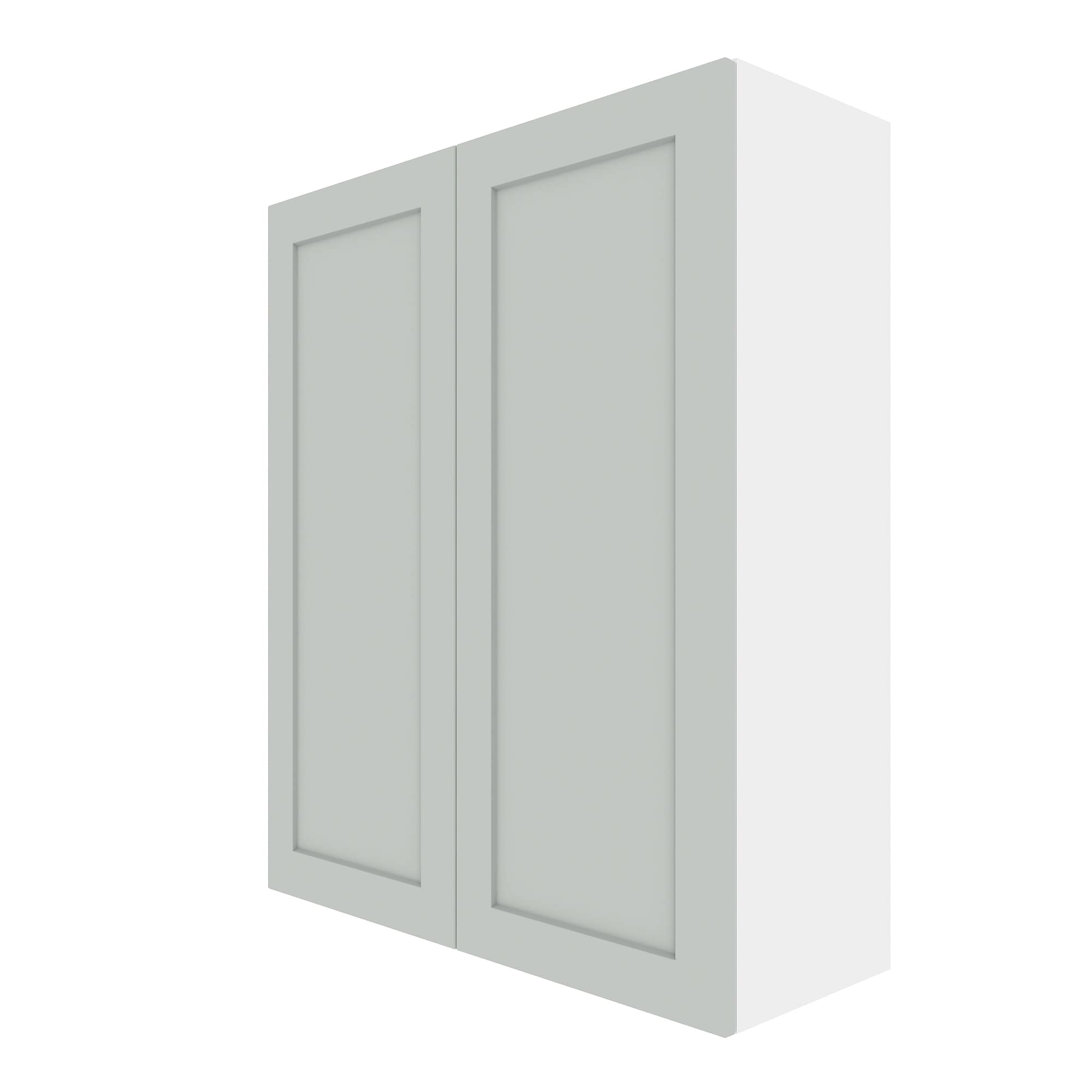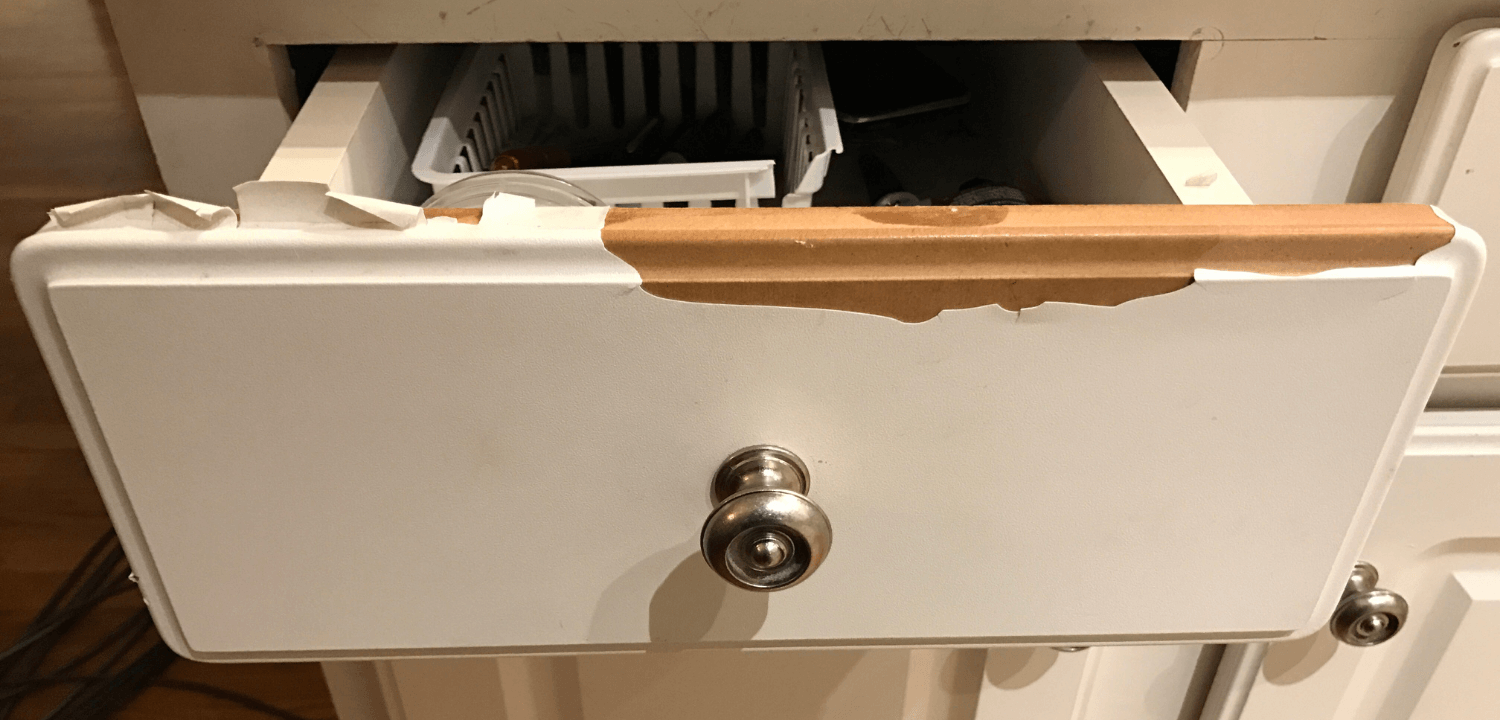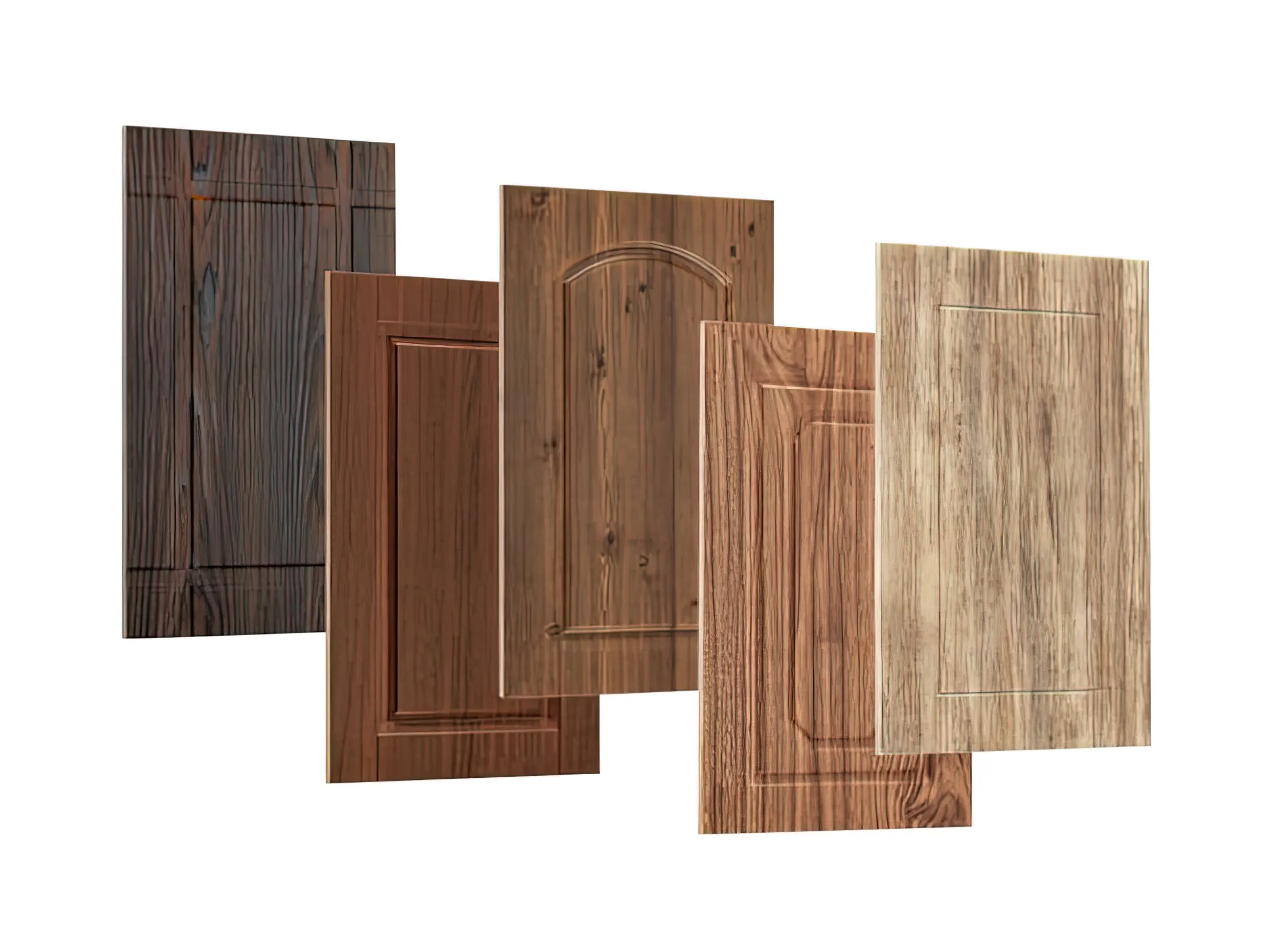Lowe’s Thermofoil Cabinet Door Styles and Finishes: Lowes Thermofoil Cabinet Doors

Lowe’s offers a wide selection of thermofoil cabinet doors, providing homeowners with diverse options to complement various kitchen styles and personal preferences. Thermofoil, a durable and relatively inexpensive material, allows for a variety of finishes and styles, making it a popular choice for kitchen renovations. Understanding the available styles and finishes is crucial for making an informed decision.
Thermofoil Cabinet Door Styles
Lowe’s thermofoil cabinet doors come in a range of styles to suit different tastes and kitchen designs. Popular choices include shaker, raised panel, flat panel, and slab styles. Shaker style doors are characterized by their simple, recessed center panel and flat frame, offering a clean and versatile look suitable for both modern and traditional kitchens. Raised panel doors feature a raised center panel, adding a more traditional and ornate touch. Flat panel doors, with their smooth, unadorned surfaces, are ideal for contemporary and minimalist kitchens. Slab doors, completely flat with no visible paneling, represent a sleek, modern aesthetic. Beyond these core styles, Lowe’s may also offer variations incorporating glass inserts or unique molding details.
Thermofoil Cabinet Door Finishes and Durability
The finishes available for Lowe’s thermofoil doors contribute significantly to their overall appearance and longevity. Common finish colors range from classic white and off-whites to a variety of wood grain imitations, such as oak, cherry, and maple. Textured finishes are also available, mimicking the look and feel of natural wood. The durability of thermofoil is generally high; the plastic film is resistant to scratches, moisture, and fading, making it a low-maintenance option compared to real wood. However, the quality can vary depending on the specific product and manufacturer. While generally resistant to damage, extremely sharp impacts or prolonged exposure to harsh chemicals could potentially compromise the finish. Regular cleaning with a soft cloth and mild detergent is typically sufficient to maintain the appearance of thermofoil doors.
Comparison of Lowe’s Thermofoil Cabinet Door Styles
The following table compares four popular Lowe’s thermofoil cabinet door styles, highlighting their features, price range, and suitability for different kitchen styles. Note that pricing is relative and can fluctuate based on size, quantity, and current promotions.
| Style | Features | Price Range | Suitable Kitchen Styles |
|---|---|---|---|
| Shaker | Recessed center panel, flat frame, clean lines | Medium | Modern, Traditional, Transitional |
| Raised Panel | Raised center panel, more ornate detail | Medium-High | Traditional, Farmhouse |
| Flat Panel | Smooth, unadorned surface | Low-Medium | Modern, Minimalist, Contemporary |
| Slab | Completely flat, no visible paneling | Low-Medium | Modern, Contemporary |
Installation and Customization Options for Lowe’s Thermofoil Cabinet Doors

Installing new thermofoil cabinet doors can significantly update a kitchen’s aesthetic. This process, while manageable for DIY enthusiasts, requires careful planning and execution to ensure a professional finish. Customization options allow for a truly personalized result, reflecting individual style and preferences.
Installing Lowe’s Thermofoil Cabinet Doors
Successful installation hinges on accurate measurements, proper tools, and a methodical approach. Begin by carefully removing the old doors, noting the hinge placement and any existing hardware. New doors should be checked against the existing cabinet frames for accurate fit before any permanent attachment. Necessary tools include a measuring tape, level, screwdriver (both Phillips and flathead), drill with appropriate drill bits, wood glue (optional for added security), and possibly a jigsaw for minor adjustments.
- Preparation: Clean the cabinet frames thoroughly. Ensure all surfaces are level and free from debris.
- Door Placement: Carefully position the new doors onto the cabinet frames, ensuring proper alignment and checking for any gaps or misalignments. Use shims if necessary to correct any inconsistencies.
- Hinge Installation: Attach the hinges to the doors and cabinet frames using the appropriate screws. Use a level to ensure the doors hang evenly. For added stability, consider applying a small amount of wood glue to the hinge screws before tightening.
- Hardware Installation: Install knobs, pulls, and other desired hardware. Ensure that all hardware is securely fastened.
- Final Check: Inspect the installed doors for any gaps, misalignments, or loose hardware. Make any necessary adjustments.
Customizing Lowe’s Thermofoil Cabinet Doors
Lowe’s offers a degree of customization, enabling homeowners to personalize their cabinets. Options include adding glass inserts to create a more open and airy feel, particularly suitable for upper cabinets. A wide array of hardware styles – from sleek modern pulls to ornate knobs – allows for adjustments to match the overall kitchen design. While Lowe’s may offer pre-cut sizes, custom sizing might be necessary for certain installations, potentially requiring professional assistance or precise DIY skills using a jigsaw or similar tools.
Challenges and Solutions During Installation
Careful planning and execution mitigate potential issues. However, certain challenges might arise.
- Misaligned Doors: Solution: Use shims to adjust door alignment during installation, ensuring doors hang evenly and close properly. Recheck levels frequently throughout the process.
- Improper Hinge Placement: Solution: Carefully measure and mark hinge locations before drilling. Use a level to ensure hinges are perfectly aligned. If necessary, consult the manufacturer’s instructions.
- Damaged Doors During Installation: Solution: Handle doors with care. Use soft cloths to prevent scratches. If damage occurs, contact Lowe’s for replacement options.
- Difficulty with Custom Sizing: Solution: Precise measurements are crucial. For complex cuts, consider seeking professional assistance to ensure a clean and accurate finish. Improper cuts can ruin the door and necessitate a replacement.
Comparing Lowe’s Thermofoil Cabinet Doors to Alternatives

Choosing the right cabinet doors significantly impacts a kitchen or bathroom’s overall aesthetic and functionality. Thermofoil, a popular choice due to its affordability and ease of maintenance, isn’t the only option available. This section delves into a comparative analysis of Lowe’s thermofoil doors against other prevalent materials, considering cost, durability, and visual appeal.
Lowe’s Thermofoil vs. Solid Wood Cabinet Doors, Lowes thermofoil cabinet doors
Solid wood doors offer unparalleled richness and warmth, creating a luxurious feel unmatched by thermofoil. However, this comes at a considerable price premium. Solid wood is also more susceptible to moisture damage and requires regular maintenance, including refinishing, to retain its beauty. Lowe’s thermofoil doors, conversely, are significantly more budget-friendly and resistant to moisture, requiring minimal upkeep. The aesthetic difference is striking; solid wood displays natural grain patterns and variations, while thermofoil provides a consistent, smooth finish in a wider range of colors and styles. The longevity of solid wood, if properly maintained, can exceed that of thermofoil, but the initial investment and ongoing care are substantial factors to weigh.
Lowe’s Thermofoil vs. Painted Wood Cabinet Doors
Painted wood cabinets offer a customizable aesthetic, allowing for a wide range of colors and finishes. The durability of painted wood depends heavily on the quality of the paint and the preparation of the wood itself. High-quality painted doors can be very durable, but chipping or scratching is a possibility. Lowe’s thermofoil doors are generally more resistant to scratches and chipping, providing a more durable surface for high-traffic areas. Cost-wise, painted wood doors can fall somewhere between thermofoil and solid wood, depending on the quality of the wood and the paint used. The visual appeal is subjective; painted wood can achieve a sophisticated look, but thermofoil provides a consistent, even finish that’s easier to maintain.
Lowe’s Thermofoil vs. Laminate Cabinet Doors
Laminate cabinet doors present a cost-effective alternative, often comparable in price to thermofoil. Laminate offers a variety of styles and colors, mimicking the look of wood or other materials. However, laminate is prone to chipping and peeling, especially at edges, and lacks the moisture resistance of thermofoil. Lowe’s thermofoil doors offer superior durability and moisture resistance, making them a more suitable choice for kitchens and bathrooms. While laminate can achieve a convincing wood-grain effect, the texture and feel often reveal its synthetic nature. Thermofoil’s smoother, more consistent finish often feels more upscale.
Lowe’s Thermofoil vs. Competitor Thermofoil Doors
Several home improvement retailers offer thermofoil cabinet doors. While the core material is similar, variations exist in quality, finish, and available styles. Direct comparison requires examining specific product lines from different retailers. For example, Home Depot might offer a wider range of colors in their thermofoil selection, while Lowe’s might excel in specific door styles. Ultimately, careful consideration of individual product specifications, including warranty information and customer reviews, is crucial for making an informed decision. Price points will also vary depending on the retailer’s current promotions and the specific door style chosen. Differences in manufacturing processes can also impact the overall durability and longevity of the doors, although these details are often not readily available to the consumer.
